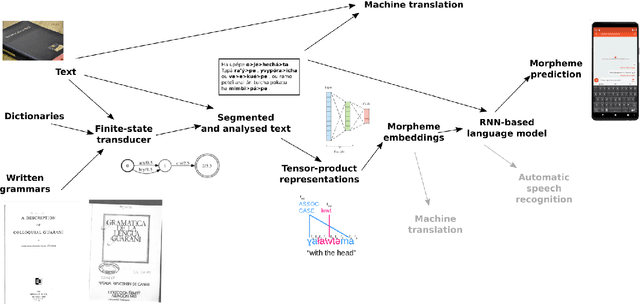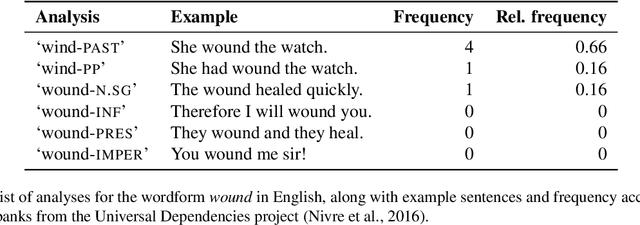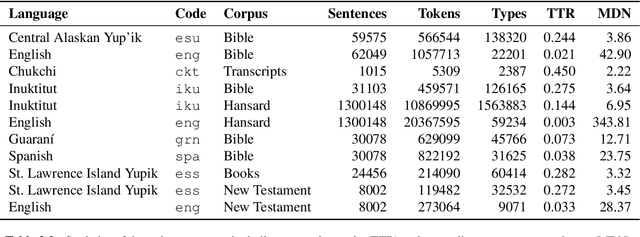Chi-kiu Lo
Gender-Neutral Machine Translation Strategies in Practice
Jun 18, 2025Abstract:Gender-inclusive machine translation (MT) should preserve gender ambiguity in the source to avoid misgendering and representational harms. While gender ambiguity often occurs naturally in notional gender languages such as English, maintaining that gender neutrality in grammatical gender languages is a challenge. Here we assess the sensitivity of 21 MT systems to the need for gender neutrality in response to gender ambiguity in three translation directions of varying difficulty. The specific gender-neutral strategies that are observed in practice are categorized and discussed. Additionally, we examine the effect of binary gender stereotypes on the use of gender-neutral translation. In general, we report a disappointing absence of gender-neutral translations in response to gender ambiguity. However, we observe a small handful of MT systems that switch to gender neutral translation using specific strategies, depending on the target language.
WMT24 Test Suite: Gender Resolution in Speaker-Listener Dialogue Roles
Nov 09, 2024Abstract:We assess the difficulty of gender resolution in literary-style dialogue settings and the influence of gender stereotypes. Instances of the test suite contain spoken dialogue interleaved with external meta-context about the characters and the manner of speaking. We find that character and manner stereotypes outside of the dialogue significantly impact the gender agreement of referents within the dialogue.
Neural Polysynthetic Language Modelling
May 13, 2020



Abstract:Research in natural language processing commonly assumes that approaches that work well for English and and other widely-used languages are "language agnostic". In high-resource languages, especially those that are analytic, a common approach is to treat morphologically-distinct variants of a common root as completely independent word types. This assumes, that there are limited morphological inflections per root, and that the majority will appear in a large enough corpus, so that the model can adequately learn statistics about each form. Approaches like stemming, lemmatization, or subword segmentation are often used when either of those assumptions do not hold, particularly in the case of synthetic languages like Spanish or Russian that have more inflection than English. In the literature, languages like Finnish or Turkish are held up as extreme examples of complexity that challenge common modelling assumptions. Yet, when considering all of the world's languages, Finnish and Turkish are closer to the average case. When we consider polysynthetic languages (those at the extreme of morphological complexity), approaches like stemming, lemmatization, or subword modelling may not suffice. These languages have very high numbers of hapax legomena, showing the need for appropriate morphological handling of words, without which it is not possible for a model to capture enough word statistics. We examine the current state-of-the-art in language modelling, machine translation, and text prediction for four polysynthetic languages: Guaran\'i, St. Lawrence Island Yupik, Central Alaskan Yupik, and Inuktitut. We then propose a novel framework for language modelling that combines knowledge representations from finite-state morphological analyzers with Tensor Product Representations in order to enable neural language models capable of handling the full range of typologically variant languages.
 Add to Chrome
Add to Chrome Add to Firefox
Add to Firefox Add to Edge
Add to Edge